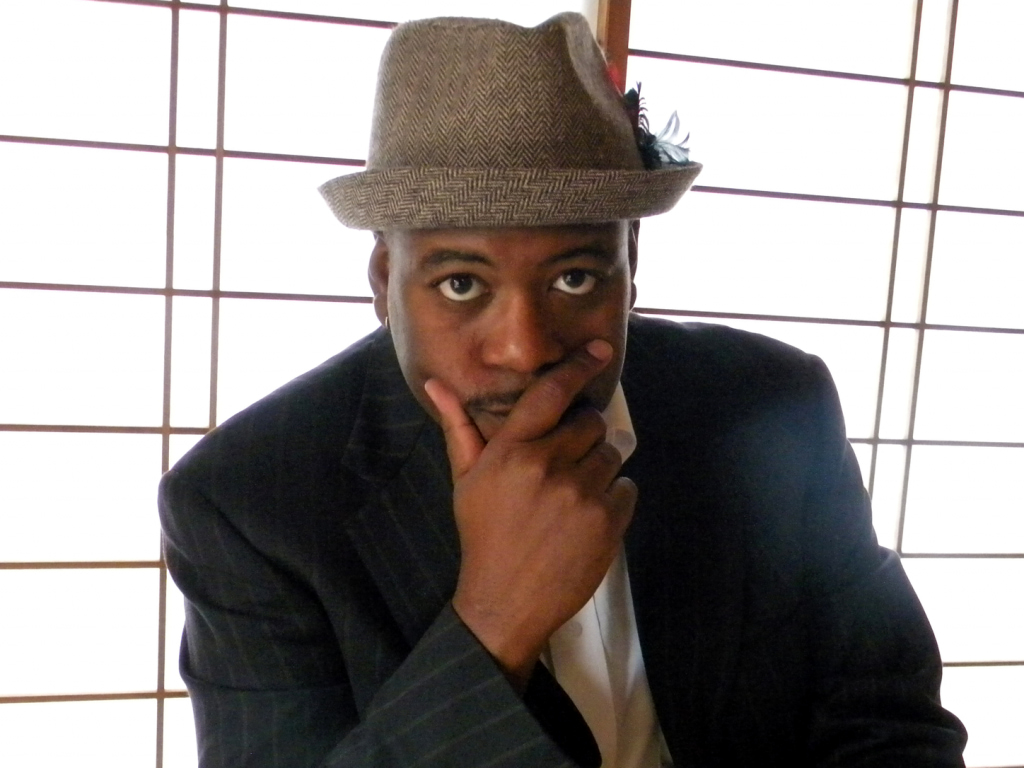The first time film director Darryl Wharton-Rigby came to Japan was in 2003 to write a screenplay based on a manga series for MTV.
The second time Wharton-Rigby came to Japan was as a teacher for the JET program, after leaving LA’s movie industry behind when the producer of his second feature film threatened him with a gun.
“The guy was using fraudulent credit cards and bouncing checks all over Hollywood,” says Wharton-Rigby, sitting in front of his MacBook at a hip Shibuya café. “We went to the exec producer’s apartment to see what is going on. I was like, dude I know you don’t have the money. The next thing I know he’s talking about going back and getting a gun, and I’m sitting there with my cinematographer and we are like, ‘Is this a scene out of Boogie Nights?’”
Wharton-Rigby landed in Fukushima where he met his wife and settled down. With two kids to support, Wharton-Rigby returned to LA and earned his MFA from Chapman University. That led to a job teaching film classes at Morgan State University in his hometown of Baltimore.
His wife, who was pregnant with their third, was still in Fukushima when 3/11 happened. It was three long days before Wharton-Rigby learned his family was safe. He returned to Japan, but moved to Saitama to be within the sphere of Tokyo’s film industry.
It took 15 years for Wharton-Rigby to release his next film after the debacle in LA. Over the course of 17 days in Tokyo he and his crew filmed Stay, a gritty, independent drama about a recovering drug addict who meets a woman who sparks a ray of hope.
Having recently struck a distribution deal for the film, and garnering awards at small festivals back in the States, Wharton-Rigby sat down with TW to discuss the challenges of writing, directing and producing a feature-length film in Tokyo.
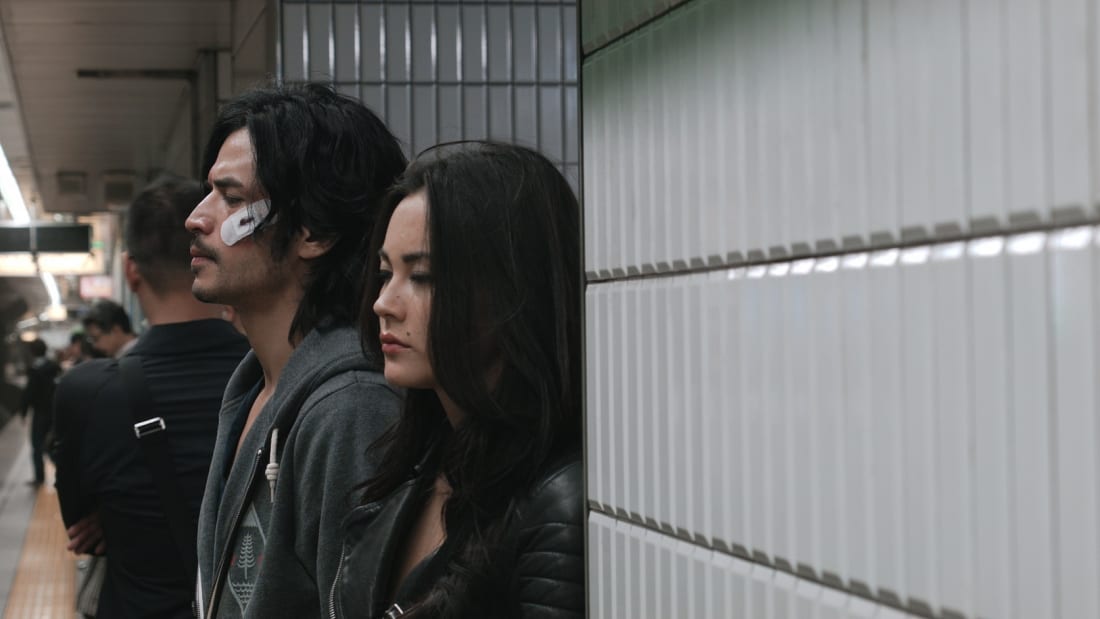
Stay is based in part on your father. What was your childhood like in Baltimore?
It was just me, my mother and my sister. I was raised by a community. I feel like that phrase of, it takes a village, was my childhood. My father, when I was born, was in Vietnam. So, the experience of him going through Vietnam, had a whole chain of effects, in terms of substance abuse, alcohol abuse, going into recovery, coming out of recovery, going back into recovery.
We slowly built a relationship over the years. I would see him supervising the recovery houses. I would see him interact with the residents. He was dating a woman, and they became really close, and I thought about how she became his hope. Even though that relationship didn’t work out, the story lasted. My father passed away about two, three years ago, and I just kept coming back to that story.
In Tokyo, I was reading about this group called Dark, one of the recovery groups in Japan, and I was like, you never hear about [substance abuse]. If there is a recovery group, then you have to have a problem. I was reading about their experiences of trying to reacclimate themselves into Japan and live in society and how they were having challenges. I thought why not tell the story here? Because I didn’t know that you could be fired just for knowing that you had [substance abuse] in your past. Or you could be ostracized. In the States, you can’t fire somebody because of their past. But here, it’s a whole different thing. Your past holds onto you, and people will hold your past against you. I was like, how do you move forward if nobody will forgive you for past transgressions?
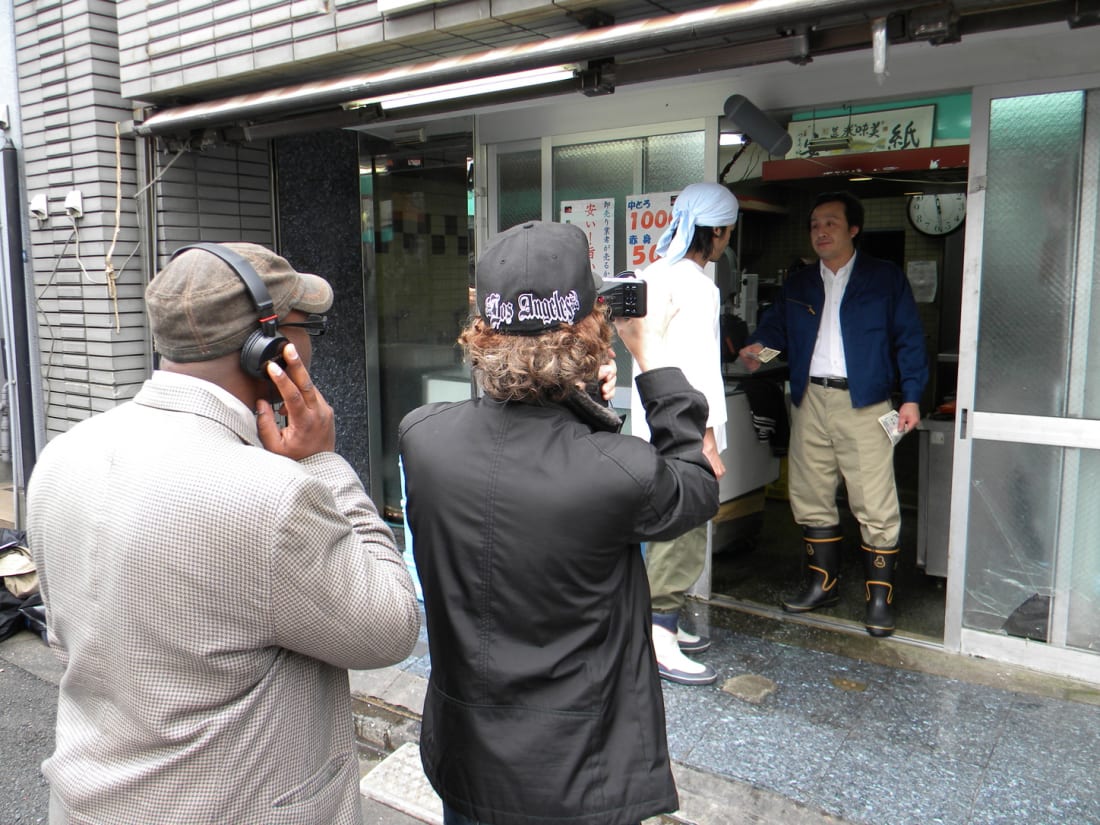
You said, as a filmmaker, life isn’t easy no matter where you are. But you have your base in America, where you already built your reputation [working as production assistant, assistant director and screenwriter on such TV shows as Homicide: Life on the Street]. Then you came to Japan. How do you rebuild your network as a filmmaker to the point where you can produce a feature-length film?
You find other filmmakers. Fortunately social media has been great. Before Stay I was working on a documentary about a taiko drummer in Fukushima, and so I started talking with a group of documentary filmmakers here who had gotten together. Before I went to grad school I was trying to do my thesis film in Japan, and started meeting people through that as well. Eventually we found a company that brought the initial monies to the [Stay] project. Just trying to network and reaching out to people. Say, ‘Hey, here is what we are trying to do. This is the story. It’s a low budget, indie film. Kite-string budget – not even shoestring. Not a lot of money. And we want to try to tell a good story.’ To do that, it takes time. We shot the film in 2014. It’s taken a few years to get it to where we are at now.
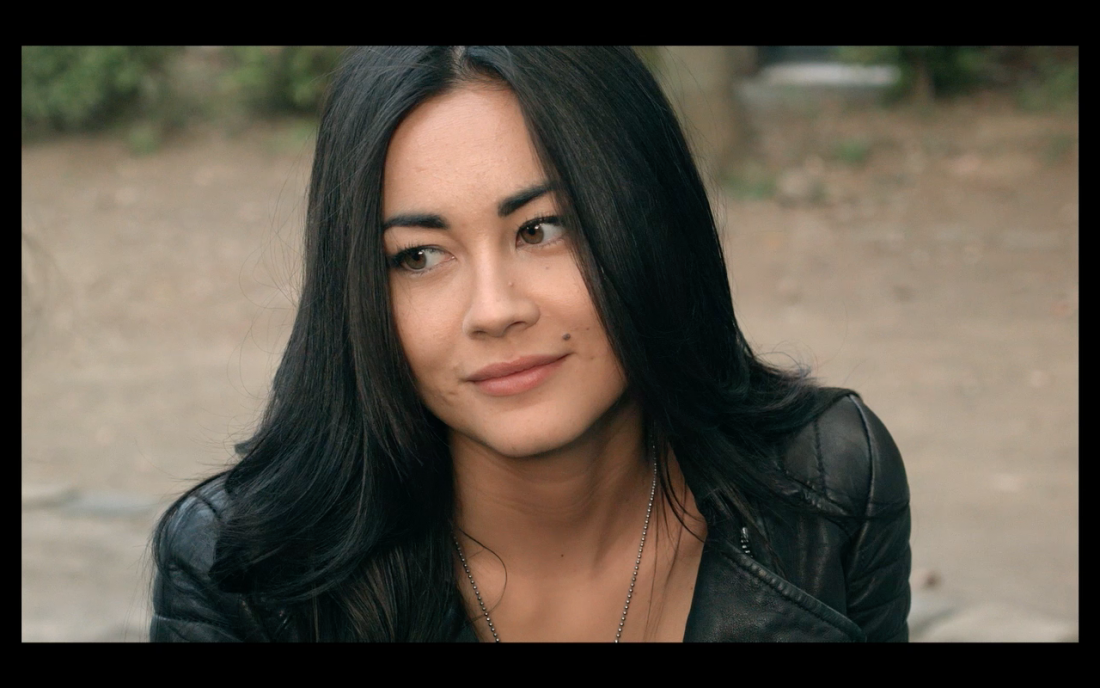
What were the challenges of getting this film done?
We had to go through the casting process of finding [the female lead] Hope. I wanted Hope to be American. Because I knew I wasn’t going to be fully comfortable directing everything in Japanese. [Lead actor] Shogen speaks English well, so we can do most of the dialogue in English, but finding Hope was a challenge.
I probably looked at over a thousand actresses. So you’ve got all these head shots and photos. It was a little bit overwhelming, but I got to do it. We held auditions here in Tokyo, and you find out that the acting talent pool is not that large here. There are a lot of models. But there are not a lot of actresses, and there is a difference. We landed on Ana Tanaka, who is an actress and a model, and this is her first role. She nailed it.
The other part was just organizing the shoot. We did some guerilla-style filmmaking. We had a great line producer in Toshio Hanaoka. He was a great production guy and he knows Tokyo well. Our key was to be as organized as possible.
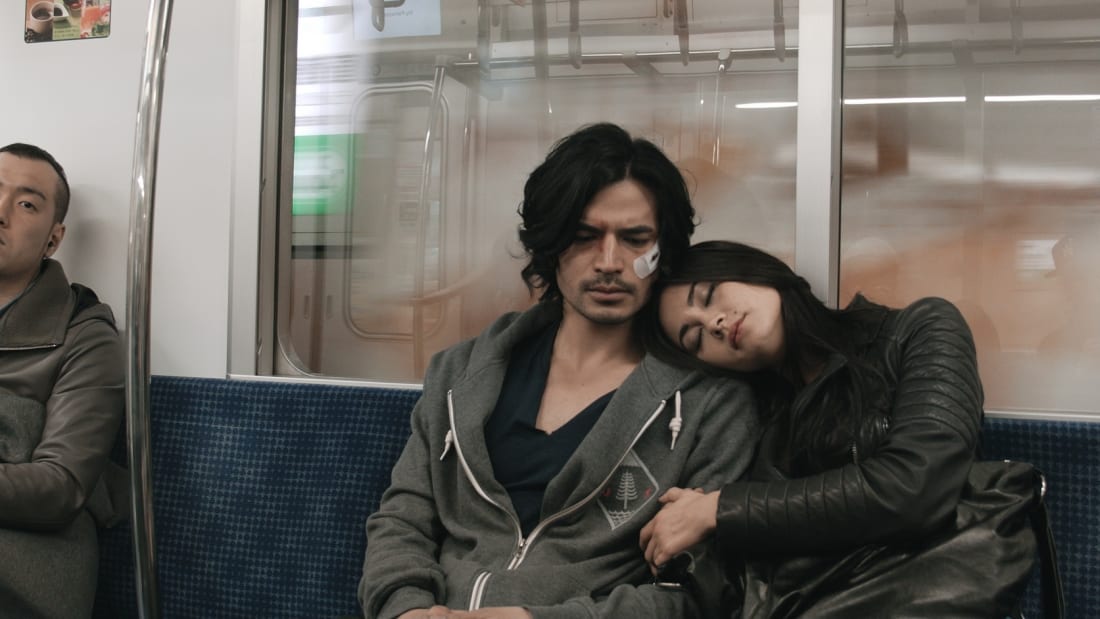
How many scenes were done in one take?
A lot. We didn’t do a lot of second takes on things because we had to just go in and do it. If we are going on the trains, we would set up chairs in a room and kind of play it out, so on the day everybody knows what they’ve got to do. Certain shots you realize are going to be a lot more technically complicated if we didn’t plan it. I had worked as a first [assistant director] on projects before, and basically it was about being as organized as possible. There were days where locations would fall through or timing didn’t work out.
For example?
The robbery scene. We were at the robber’s house, and we didn’t have time to get to the other side of town. We literally go around the corner and find another location that had a tunnel and there was a train going overhead, and I was like, ‘This is perfect.’ I did a lot of that in Baltimore, where you do stuff on the fly. We did it with 16mm film, not digital, which means you have to be a lot more careful. With digital you have a little bit of leeway. I can shoot more.
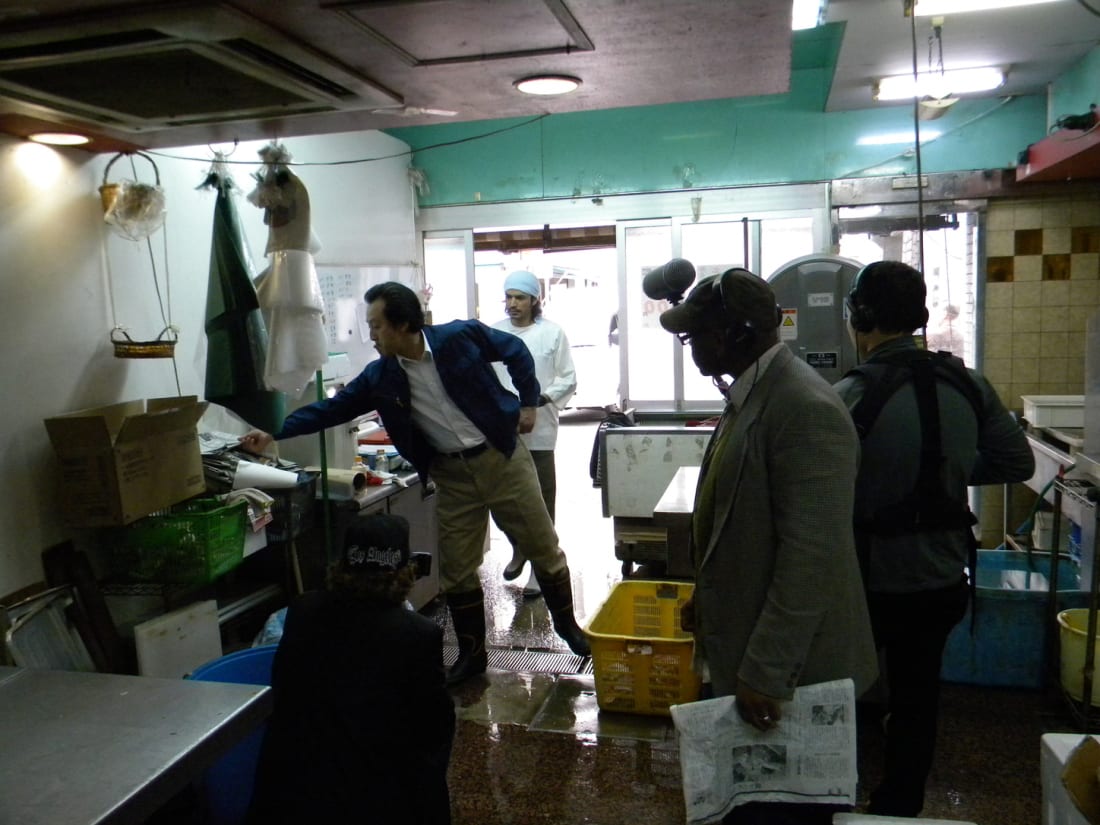
There’s a lot of people that think that they can do what you do. For the amateur filmmakers who aren’t able to complete this step that you’ve made, where do they fall flat?
Don’t finish. Look, I was an amateur filmmaker. I started off as an amateur filmmaker. I’ve got stuff that I don’t know if I want people to ever see. But for me it’s about take each project, and learn from it, and that will get you to the next one. Even when I was in grad school, I had classmates and they were doing class projects, but trying to hit home runs. For me I’m trying to hit base hits. I would look at each project as an exercise to improve on something. Like, I need to learn how to communicate with actors. Or I need to figure out how to work better with my cinemaphotographers. I’m looking at each project as an exercise to make myself a better filmmaker. Even for someone starting out, amateur filmmakers, finish something. Take that lesson, make the next one. Take that lesson, make the next one. Once you’ve finished something, you have something that people can see.
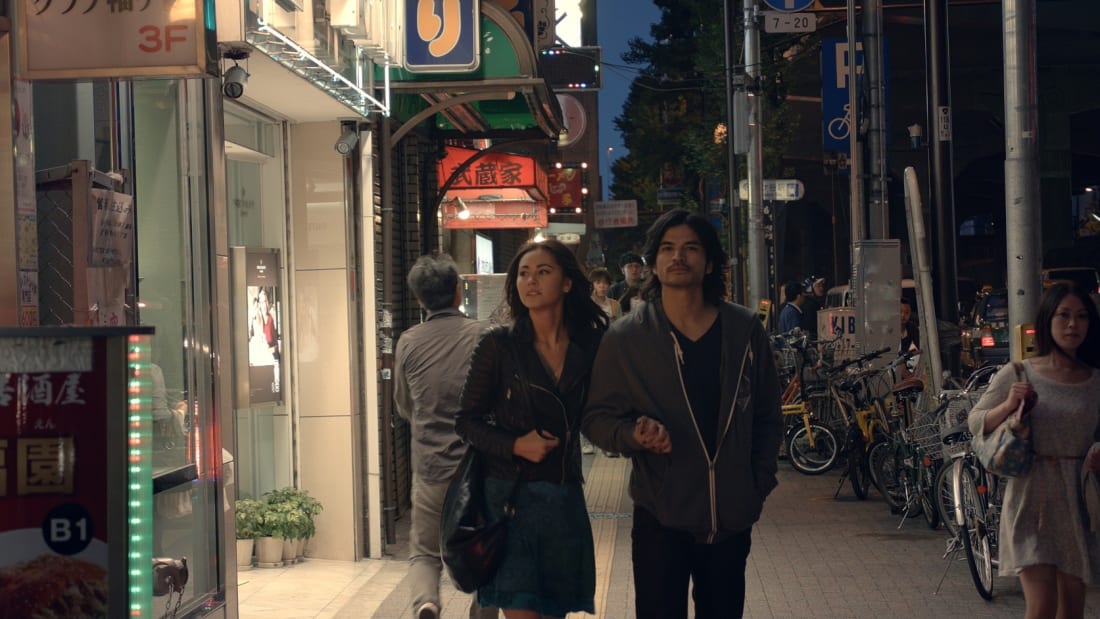
What lessons did you learn from Stay?
Oh god. There are a whole bunch of lessons. I learned a lot more about the business. With films, there are a lot of things you have to think about before you go into it. Even now with the distribution deal, you think about insurance. The paperwork you have to turn in. It’s still a process. I’m still learning. With my first film, it wasn’t as complicated. In the past 20 years, with the change from film to digital, now distributors want more. So I’m learning what the more is. With digital they want this type of file with this number of soundtracks and this and this and you’re like, okay. So it’s like I’m the old dog learning new tricks.
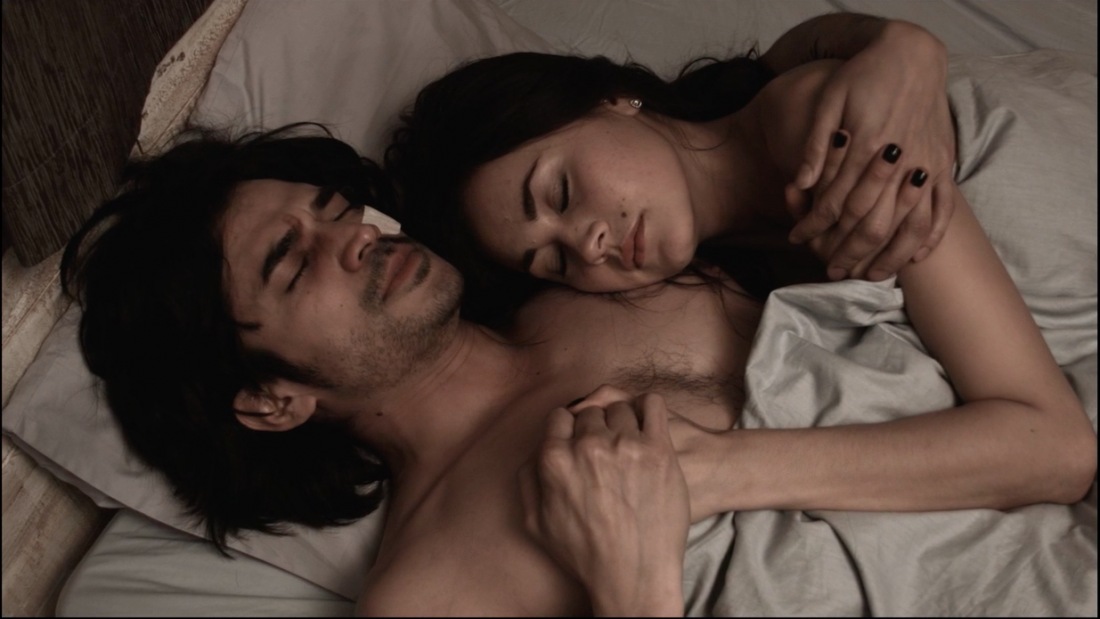
With Stay, moving forward, what is your ground floor and where is your ceiling?
The ceiling is theatrical. We are looking at all possibilities at this point, but everybody wants to be theatrical, even if it’s just a limited run. At least you know somebody saw it in the theater. But if we can get even a limited theatrical run here in Japan, that would be great. Just for me, creatively, if I can get people to see the film, and if I can get more work because people say, ‘Hey I think you have something to offer as a filmmaker,’ that would be cool. Again, I am trying to get the next film off the ground, too.
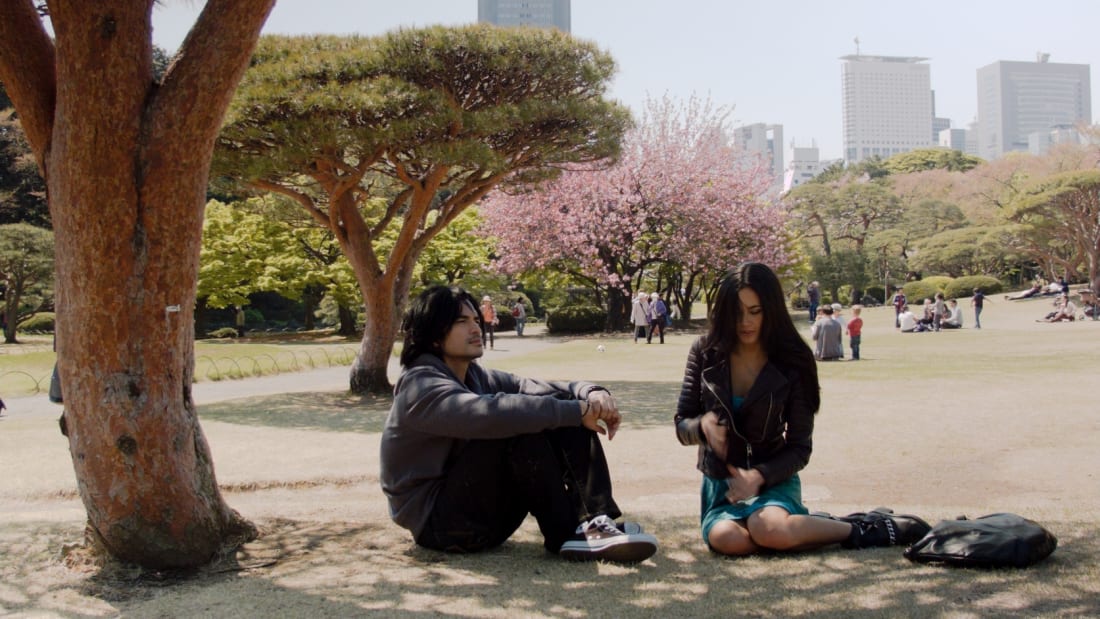
What is next?
Right now, it’s a couple of different things. I am working with an American producer based here. We are trying to build that community, continue to branch out and have a network, and be part of the film community that is here in Japan. I am working on another feature based back in Baltimore called Waterworks, which is a romantic drama.
Oddly enough that story is also somewhat loosely inspired by my father. It’s about a water maintenance worker who has a romance with a woman running for mayor of Baltimore. My father worked for the water department for a long time. It’s this blue collar-white collar romance in the city.
As a Baltimorian, I want to show the other side of The Wire in a lot of ways. Look, I love the show, [The Wire creator] David [Simon] has been like a mentor to me. When I worked on Homicide, we were both colleagues working on the show, but I learned a lot from him. I think there is that other side of Baltimore, and I want to be able to show that other side – like Barry Levinson does, or John Waters does – show that other side of Baltimore that most people don’t know exists.
Updated On July 29, 2021

